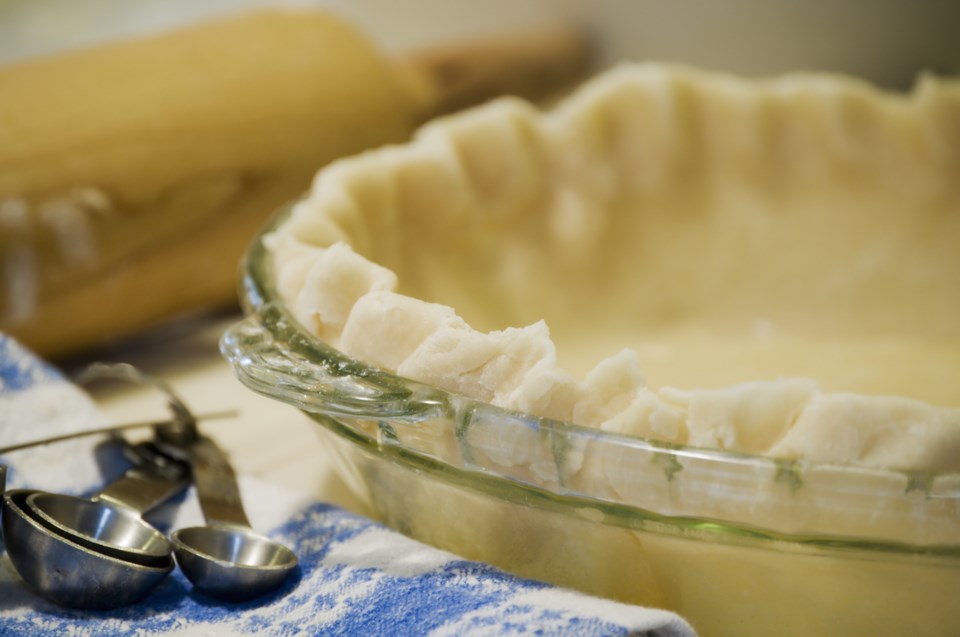Do you have a question about health and wellness? Email [email protected].
Dear Nutritionist,
How I can boost the protein in baked goods (other than using protein powder)? I often use spelt flour instead of all-purpose flour for part of my recipes, but I was wondering if there are any other options that add even more protein.
Thanks,
Annamaria
Dear Annamaria,
That’s a great question! Too many of us do not get enough protein in our diets — especially children, the elderly, vegetarians, and fussy eaters.
Canada’s Food Guide suggests one-quarter of our plate should be protein. I would say some people — athletes, fast metabolizers, and those with digestive dysfunction or mental health/ behavioural issues — need more.
So you are spot on that this is an essential nutrient we should focus on getting more of! And those watching their weight will be happy to know protein is the most important macro to get and stay slim!
For my nutrition data, I like to use the SELF nutrition data website, which has many handy features and is available online.
There are a number of flours that are a good source of protein.
Usually when we think of flour we think of wheat or grain flour, but there are also flours made of nuts, seeds, beans, roots, and sprouted grains. Let’s look at a variety to get a good comparison.
Wheat can actually be high in protein, varying from five per cent to 15 per cent, depending on the type, with bread flour being the highest. But there are so many inflammatory aspects of modern wheat that I advise clients to strictly limit or avoid it.
The ancient grains are considered healthier for a number of reasons. Spelt, an ancient grain from Egypt, has 14-15 per cent protein, and even though it’s not gluten free, it’s often used for people who are wheat sensitive.
Teff, an ancient grain from Ethiopia, has a protein content of about 14-15 per cent. It’s gluten free and is high in micronutrients, with a number of reported health benefits.
Amaranth, an ancient crop grown by the Aztecs, is actually not a cereal grain at all. It’s one of the more nutritious flours, with 14 per cent protein content.
Almond flour is another high protein, gluten-free option, with a protein content of about 20 per cent. It’s high in many nutrients and is used in a lot of paleo and grain-free recipes. But be careful not to mistakenly buy the courser almond meal.
Coconut flour is another gluten- and grain-free option with a protein content of about 13 per cent. The advantage of coconut flour is the quality of the fat in it — which stays stable during baking.
Soy flour has between 34-50 per cent protein content, depending on the processing, although many nutritionists do not recommend soy unless it’s been fermented first for other reasons. Garbanzo bean flour is 22 per cent protein. Buckwheat flour is about 13 per cent protein. Quinoa flour is about 14 per cent. All of these are gluten free as well.
But the real powerhouse of flour for protein and nutrient content is cricket flour.
Not many people know about it yet, but Ontario does have at least one good farming operation in Norwood, Ont., and it is extremely healthy in a number of ways.
But, first, the protein content. Are you ready for it?
Cricket flour has a whopping 64-65 per cent protein content!
Nutritionally speaking, it’s like eating a steak inside your muffin — except per weight it packs three times the protein of steak and two times the protein of chicken!
In other words, if you add even a couple tablespoons of this into your baked goods you will have incredibly high quality, protein-rich baked goods. (It also goes well in smoothies!)
And the bakeability factor (that has to be a word!) is not what you would expect. It has a mild, nutty, earthy flavour and you can’t even tell it’s not a nut flour! Don’t tell and nobody will know!
I consider this one of my nutrition ninja hacks to create the healthiest muffins on the planet!
Namaste!
Nonie Nutritionista
Nonie De Long is a registered orthomolecular nutritionist with a clinic in Bradford West Gwillimbury, where she offers holistic, integrative health care for physical and mental-health issues.

